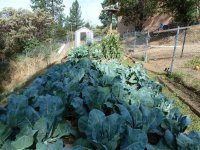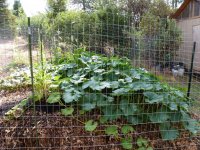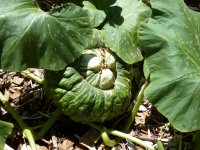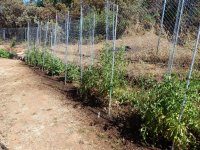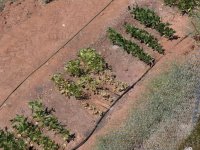any veggie garden will get tilled when you plant and harvest potatoes anyway.
i can see some arguments for not tilling, but there are some good ones for tilling.
bringing clods of soil, especially clay, to the surface allows the action of cold and frost to break it up over the winter. no amount of topdressing will have the same effect.
also heavy rain can cause compaction and capping of some soils, tilling will help.
my soil gets tilled every 3-4 years and i still have loads of worms, ants , everything you can mention. i also double dug it when i started out.
VG
i can see some arguments for not tilling, but there are some good ones for tilling.
bringing clods of soil, especially clay, to the surface allows the action of cold and frost to break it up over the winter. no amount of topdressing will have the same effect.
also heavy rain can cause compaction and capping of some soils, tilling will help.
my soil gets tilled every 3-4 years and i still have loads of worms, ants , everything you can mention. i also double dug it when i started out.
VG

